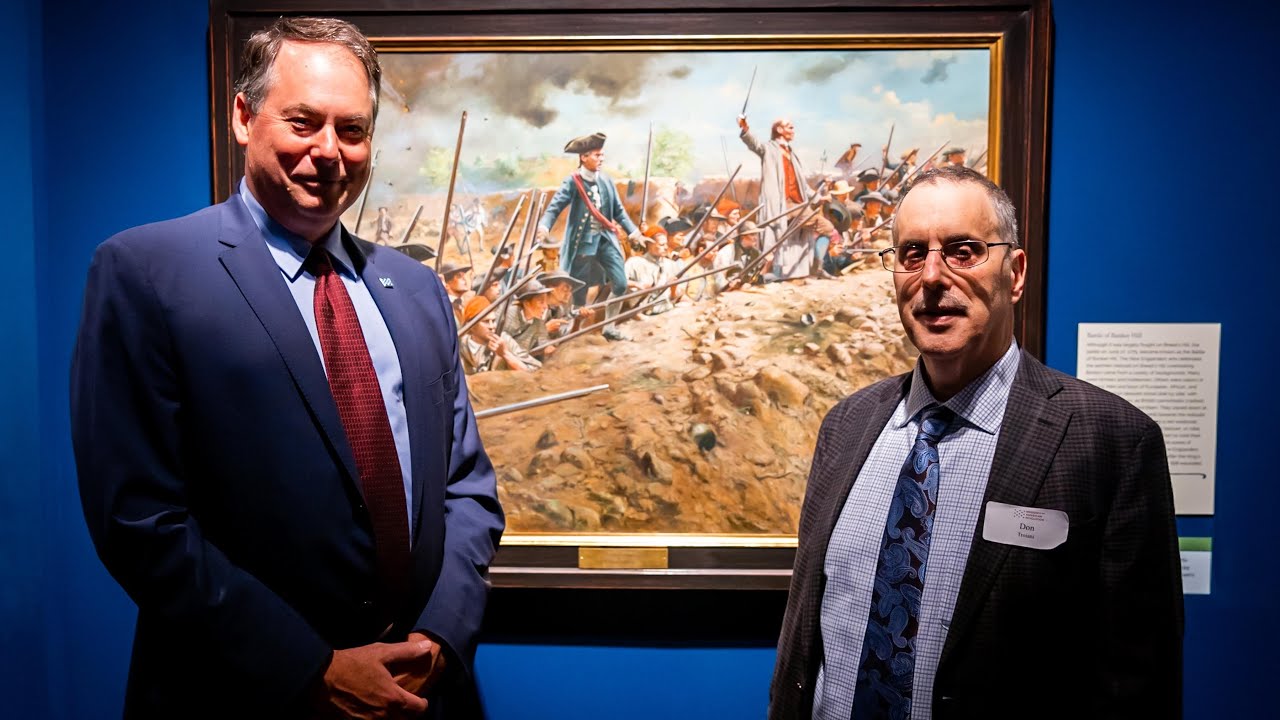Introduction to Don Troiani’s 1st Rhode Island
Don Troiani’s 1st Rhode Island is a renowned painting that depicts one of the most significant regiments in American history. Created by the talented artist Don Troiani, this artwork captures the essence and importance of the 1st Rhode Island Regiment during the American Revolution. Through his artistic portrayal, Troiani brings to life the bravery and sacrifices of the soldiers who fought under the banner of this regiment.
Historical context of the 1st Rhode Island
During the American Revolution, the 1st Rhode Island Regiment played a vital role in the fight for independence against British colonial rule. Established in 1775, this regiment was formed when the Rhode Island General Assembly authorized the enlistment of African American and Native American soldiers, making it one of the first racially integrated units in the American military. This decision was particularly significant given the prevailing racial attitudes of the time.
Formation and composition of the regiment
The 1st Rhode Island Regiment was initially composed of both free and enslaved African Americans, as well as Native Americans. The unit was led by Colonel Christopher Greene, a respected officer known for his leadership skills and dedication to the cause of independence. The regiment’s diversity and inclusivity were remarkable, offering opportunities for marginalized communities to contribute to the war effort and further their own fight for freedom and equality.
Role of the 1st Rhode Island in the American Revolution
The 1st Rhode Island Regiment participated in numerous battles throughout the American Revolution, leaving an indelible mark on the war effort. They fought alongside other American regiments, including at the Battle of Newport, where they played a pivotal role in repelling British forces. The regiment’s disciplined performance and bravery under fire showcased their dedication to the cause and their effectiveness as a military unit.
Notable battles and contributions of the regiment
The 1st Rhode Island Regiment’s most significant contributions came during the Battle of Rhode Island in 1778. Facing a formidable British force, the regiment fought with great determination, sustaining heavy casualties but successfully holding their ground. Their resilience and bravery in the face of overwhelming odds earned them admiration from both their fellow soldiers and the American public, further solidifying their place in history.
Impact of the 1st Rhode Island on the war effort
The 1st Rhode Island Regiment’s impact on the American Revolution cannot be overstated. As one of the first racially integrated units, they proved that diversity within the military could lead to success on the battlefield. Their presence shattered racial barriers and set an example for future integration efforts in the armed forces. Additionally, their remarkable performance in battles bolstered morale and demonstrated the value of disciplined, well-trained soldiers.
Leadership and notable figures within the regiment
Colonel Christopher Greene’s leadership was instrumental in the success of the 1st Rhode Island Regiment. Greene’s tactical acumen and dedication to his troops earned him the respect and loyalty of his men. Private Oliver Cromwell, an African American soldier, is also worth mentioning due to his heroic actions during the Battle of Rhode Island, where he saved the life of Colonel Greene. These individuals, among others, played crucial roles in shaping the regiment’s identity and accomplishments.
Legacy of Don Troiani’s depiction of the 1st Rhode Island
Don Troiani’s depiction of the 1st Rhode Island Regiment has become an important part of the regiment’s legacy. Through his attention to detail and historical accuracy, Troiani has immortalized the spirit and courage of the soldiers in his artwork. His portrayal serves as a reminder of the sacrifices made by those who fought for independence and honors the contributions of the 1st Rhode Island Regiment in particular.
Artistic significance of Troiani’s portrayal
Troiani’s painting of the 1st Rhode Island Regiment showcases his exceptional artistic talent and attention to historical accuracy. The level of detail in his work brings the soldiers and their uniforms to life, allowing viewers to connect with the past on a deeper level. Troiani’s ability to capture the intensity and emotion of battle adds to the significance of his portrayal, making it a powerful representation of the regiment’s experience during the American Revolution.
Historical accuracy of Troiani’s portrayal
Troiani’s painting of the 1st Rhode Island Regiment is known for its historical accuracy. The artist conducted extensive research to ensure that the uniforms, weapons, and overall depiction of the soldiers were as authentic as possible. This commitment to accuracy adds credibility to Troiani’s portrayal and allows viewers to gain a deeper understanding of the regiment’s appearance and experience during the American Revolution.
Popular reception and recognition of the artwork
Don Troiani’s painting of the 1st Rhode Island Regiment has garnered significant recognition and popularity within the art community and beyond. His work has been exhibited in prestigious museums and galleries, attracting both art enthusiasts and history buffs. Moreover, Troiani’s portrayal has been widely reproduced and reproduced, making it accessible to a broader audience and further cementing the artwork’s place in popular culture.
Importance of studying and understanding the 1st Rhode Island
Studying and understanding the 1st Rhode Island Regiment is essential for gaining a comprehensive understanding of the American Revolution. The regiment’s racial integration, battlefield accomplishments, and lasting impact on the war effort highlight the significance of diverse perspectives and the power of unity. By examining the history of the 1st Rhode Island Regiment, we can gain valuable insights into the challenges faced by marginalized communities during the revolution and appreciate the contributions made by individuals who fought for freedom and equality.





